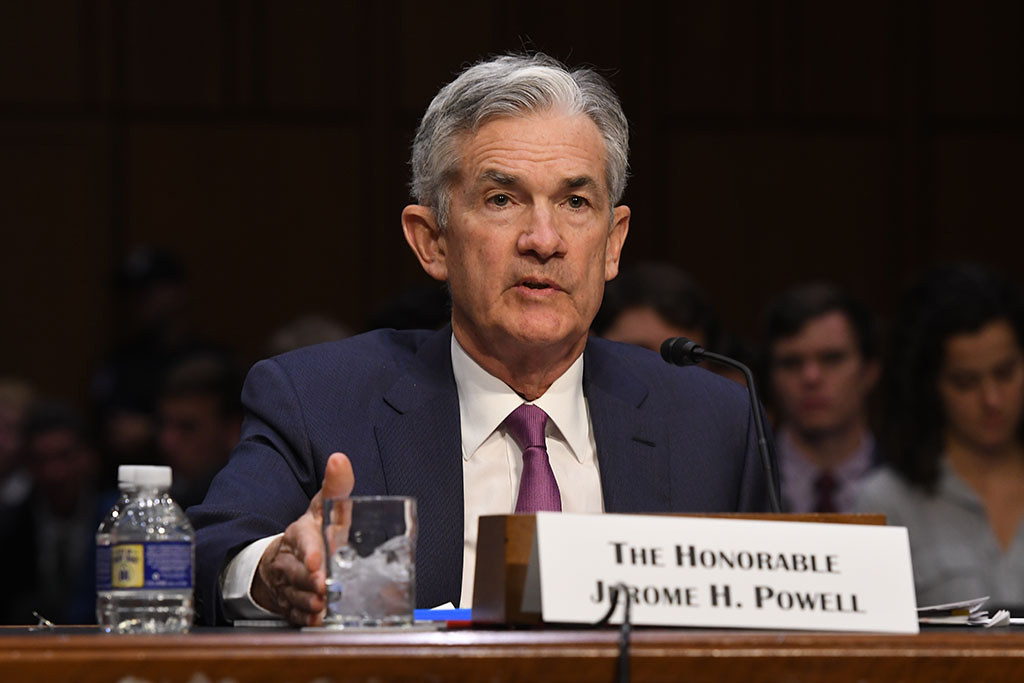A FinancePick Deep Dive

1) A Whisper Turns into a Chorus
At the recent Jackson Hole Symposium, Fed Chair Jerome Powell hinted at a weakening labor market and signs of economic slowdown. Just months ago, the dominant narrative was “Higher for Longer.” Now, the possibility of a September rate cut has gained serious traction. Major brokerages have revised their forecasts, and financial markets are rapidly repricing expectations.
2) Equity Markets – Relief Rally or Fragile Bounce?
Equities were the first to react. The S&P 500 and Nasdaq jumped as investors interpreted Powell’s words as a signal for renewed liquidity. But analysts warn:
- Optimistic scenario: Rate cuts reduce borrowing costs, boosting valuations.
- Pessimistic scenario: Cuts are seen as confirmation of a looming recession, making the rally short-lived.
In other words, the key question is not just whether the Fed cuts, but why.
3) Bond Markets – The Yield Curve Speaks
Bond markets absorbed the shift with precision:
- Yields on 2-year Treasuries dropped sharply as investors piled into short-term bonds.
- The long end of the curve moved less, leading to a steepening yield curve.
This reflects a tug-of-war between optimism for policy easing and concerns about long-term growth. Investors are now focused on the pace and magnitude of rate cuts.
4) Currency Markets – The Dollar Dilemma
The U.S. dollar faces a paradox:
- Short-term: Lower rate expectations weaken the greenback, pushing up currencies like the euro and yen.
- Medium-term: If the U.S. still outpaces global peers in growth, capital could flow back, keeping the dollar strong.
For emerging markets, this creates volatility. Currencies such as the Indian rupee and Brazilian real may benefit in the near term, but investor flows can reverse abruptly.
5) Commodities – Gold, Oil, and Beyond
- Gold rallied on expectations of falling interest rates, since lower yields reduce its opportunity cost.
- Oil, by contrast, struggled as fears of slower global demand overshadowed any relief from policy easing.
This divergence highlights how commodities are more tied to growth outlooks than monetary shifts alone.
6) The Bigger Picture – Policy, Politics, and Psychology
A Fed rate cut is never just about economics.
- Politics: In an election year, monetary policy becomes a powerful backdrop to campaign narratives.
- Psychology: Investors often read the first cut as a signal of deeper trouble, unless it is clearly framed as “preventive.”
Thus, the Fed’s communication strategy will shape whether markets interpret policy as stabilizing or alarming.
7) Navigating the Crossroads
The significance of a Fed rate cut depends on three core questions:
- Why is the Fed cutting?
- How fast and how much?
- Will markets see this as relief or red flag?
For investors, anchoring strategies to these questions is essential. Monetary shifts ripple across stocks, bonds, currencies, and commodities — and only those who look beyond the headlines will navigate this transition successfully.
